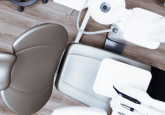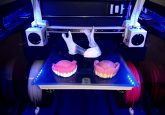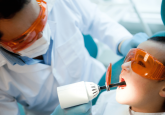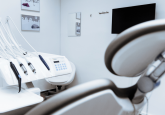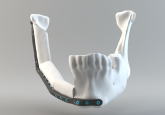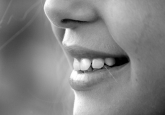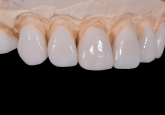In focus: disrupting dentistry
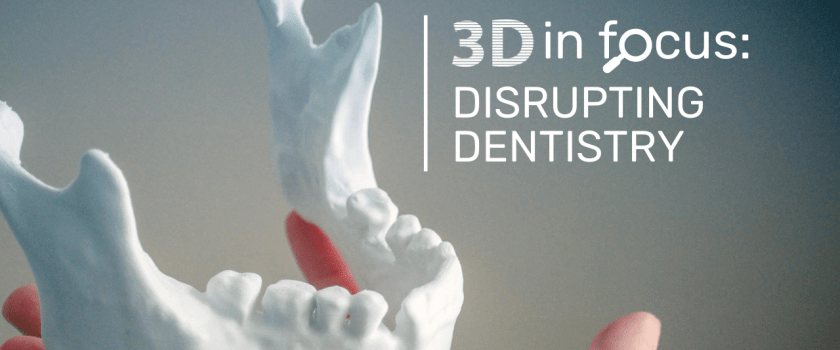
Discover expert and industry insights on the effect 3D printing is having on dentistry, disrupting dental practice and improving oral health.
3D printing technologies have had a tremendous impact in dentistry, dental practice and research from advances in maxillofacial surgeries, to the cost-effective production of aligners.
Dentists are able to print models, crowns, mouth guards and surgical guides chairside, in the clinic, or can outsource projects to larger laboratories which may have more sophisticated equipment.
What’s more, advances in materials research has enabled vast improvements to color libraries enhancing aesthetic appeal and personalization capabilities. Printed implants and crowns can be color matched and printed to fit the patient, reducing the risk of post-treatment complications from poor or loose-fitting components.
As with most disease areas and medical applications of 3D printing, surgical models and guides have also been advantageous in the dental arena as dentists are able to rehearse complex procedures and ensure the perfect fit of implants prior to an appointment, further reducing risk and enhancing patient experience.
Overall, in a field where aesthetics are highly regarded, the cost-effective and highly personalizable nature of 3D printing has been a huge advantage for the speedy and widespread adoption of the technology in dentistry, dental practice and research.
For this ‘in focus’ feature, 3DMedNet consults the experts on the current landscape of 3D printing in dentistry and looks to the future as day-to-day practices shifts towards digitization. Access the different interviews and editorials from our experts below and join the conversation on Facebook, LinkedIn and Twitter by using #3DIFdentistry.
